Acknowledgments
Palabras para mi Mam y Pap: Gracias por el Cario, Inspiracin, Apoyo y Disciplina. Words to my Mother and Father: Thank you for the Love, Inspiration, Support and Discipline.
To my children, Oscar II, Zoya and Jose: You are my strength, I love you.
A very special Thank You to Jessica Bartels for all the work and support in the making of this book.
I would like to thank:
Jose Almanza, Carol Andrews, Frank and Bertha Archibeque, Jim Baker, Willie Barela, Tom Benusa, Ernest Brooks II, Camera and Darkroom of New Mexico, Armando Chacon, Dr. Enrique Cortazar, Keith Drosin, Frank Eposito, Art Esquibel, Mario Fernandez, Jose and Luz Esther Galindo, Antonia Grijalva, IPSW, Jose Alfredo Jimenez, James Johnson, Felissa Garcia Kelly, Michele Lovato, Arturo and Maria Lozoya, Jennie Lozoya, Vicky Lozoya, Yolanda Abbud Lozoya, Mamiya America, David Marrujo, Amarante Martinez, Maxwell Museum of Anthropology, Frank McDaniel, Lucia Medina, Tony and Sylvia Nava, Daniel and Yolanda Parga, Rich Parker, Michelle Perkins, Photoflex Company, Portercase Company, PPA, PPA Minority Network, PPANM, Quantum Instruments Inc., Steven Michael Quezada, Natasha Riboni, Martin and Bernadette Rodriguez, Duke Salinas, Peter Skinner, Andrew Smith GallerySanta Fe, Yamel Soto, South Broadway Cultural Center, Speedotron Company, SWPA, John Tanguma, David and Susan Tompkins, Patricio Tlaelel Trujillo, Youth Development Inc., Yvonne Ulibarri
Copyright 2003 by Oscar Lozoya
All photographs by the author.
All rights reserved.
Published by:
Amherst Media, Inc.
P.O. Box 586
Buffalo, N.Y. 14226
Fax: 716-874-4508
www.AmhcrstMcdia.com
Publisher: Craig Alesse
Senior Editor/Production Manager: Michelle Perkins
Assistant Editor: Barbara A. Lynch-Johns
Preface, interview and editorial assistance by Peter Skinner.
ISBN: 1-58428-083-2
Library of Congress Control Number: 2002103395
Printed in Korea.
10 9 8 7 6 5 4 3 2 1
No part of this publication may be reproduced, stored, or transmitted in any form or by any means, electronic, mechanical, photocopied, recorded or otherwise, without prior written consent from the publisher.
Notice of Disclaimer: The information contained in this book is based on the authors experience and opinions. The author and publisher will not be held liable for the use or misuse of the information in this book.
Table of Contents

SECTION ONE
Portraits and Character Studies
SECTION TWO
Publicity Photos

SECTION THREE
La Muerte

SECTION FOUR
El Diablo and Folklore
Oscar Lozoya: From Musician and Designer to Successful Portrait and Commercial Photographer
by Peter Skinner
L ike many other leading practitioners, Albuquerque, New Mexico photographer Oscar Lozoyas interest in what would eventually become his profession began at an early age. Ive always enjoyed taking pictures. As a kid, Id be the one taking the snap shots during family events and popping pictures whenever I could. About twenty years ago I started getting serious about my photography, he said.
Many visual artists are also musicians and Lozoya had been a professional musician for many years before embarking on a photographic career. Though I loved playing music and being around other creative musicians, there came a time when I realized I was no longer comfortable with the lifestyle I was leading. I had to make a living, but I wanted to do something creative, challenging and rewarding and be able to have more control over my life. At that time, one of my best musician buddies had been into photography for a while and the fun he was having got me interested. He had researched equipment and helped me tremendously by giving me advice on it and I will always be grateful to him for his help, he said.
Lozoya had also studied design and had worked as a designer. The technical aspects of photography were mastered through a combination of intense studying of the theory and thus knowing how to predict the effects of what he was doing technically and how to analyze the outcome. In short, he was a good student of theory and had the inherent creative ability to convert mental images to reality. I think that my attention to learning why things work like they do has been integral to my ability to advance quickly as a photographer, he said.
I DECIDED THAT IF I HAD TO SETTLE ON ONE STYLE, IT WOULD BE ONE THAT WAS GOING TO CONTINUE TO CHALLENGE ME.
My personal work tends to be in black and white because I have always seen black and white, properly executed, as an art. I love the tonalities and the timeless quality. I also like the fact that I can process the film and do the printing, which means I have complete control of a project from beginning to end.
He also is a strong proponent of low key lighting, especially in his personal work, which is strongly influenced by his Hispanic culture. When I was getting started as a photographer, I was very resistant to having a `style. I worked in a lot of stylesand this gave me great experience, especially with lighting. Later, I started to see that having a recognizable style was important. I decided that if I had to settle on one style, it would be one that was going to continue to challenge me. Low key is one of the most technical styles of photography, since even small errors in lighting result in loss of detail. Starting with a dark canvas also means that I can apply more light (and do more with it) before detail is lost.
My work has been strongly impacted by going to art galleries and looking at the work of other photographers. It has particularly influenced my style and my choice of black and white. Additionally, I noticed that fine art photographers tended to work in themes or a series. At first I was a bit lost for what my own theme would be. As it turned out, it was right under my nose all the tine: my culture. Hispanic culture has proved to be an endless source of inspiration. Additionally, I think that people like to learn about other cultures (like I do). Even if they misinterpret the imagery of my photographs at first, I think these images cause people to ask questions and to learn from the answers. I think thats good for people of all cultures.




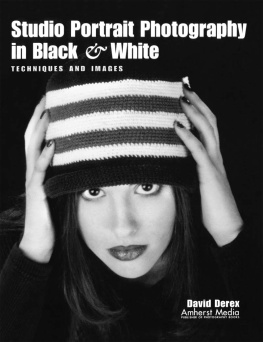
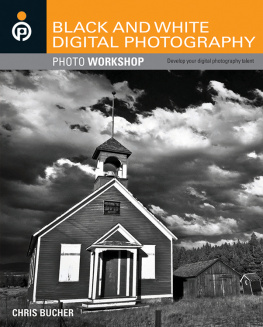
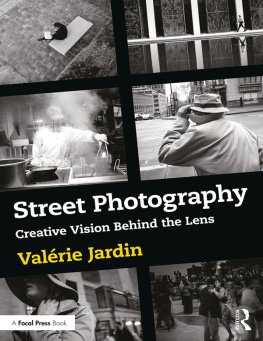
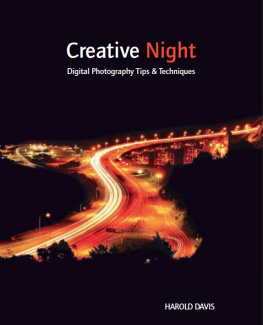
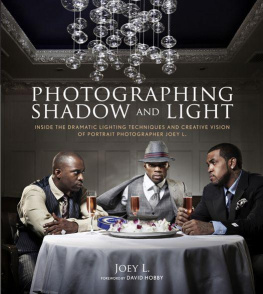

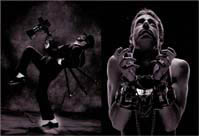
 B UFFALO , NY
B UFFALO , NY

